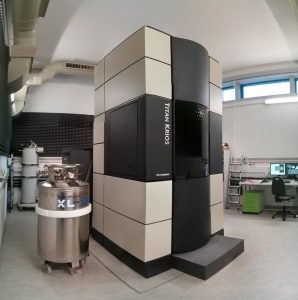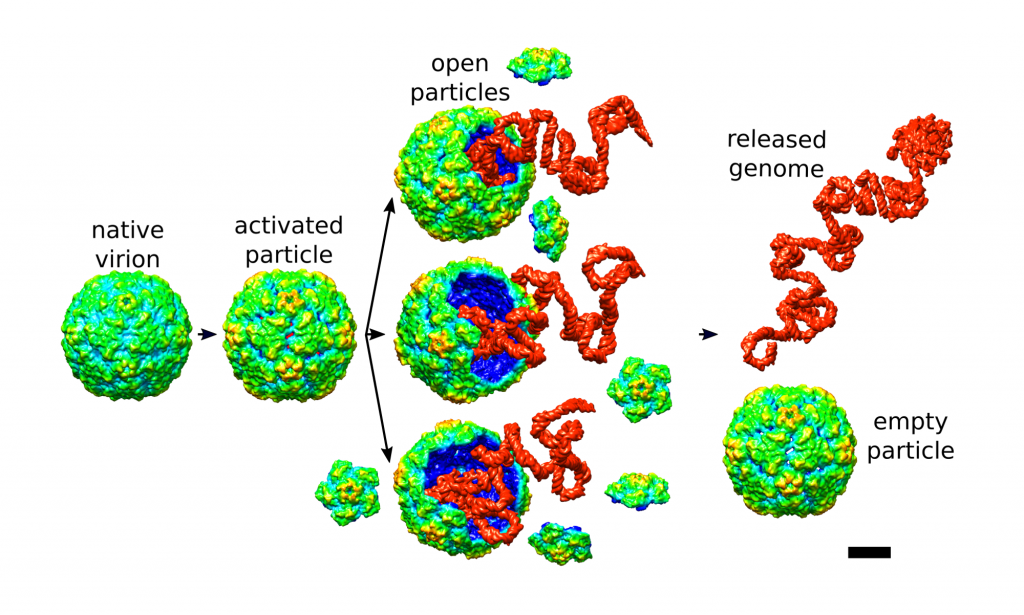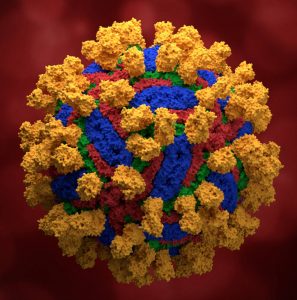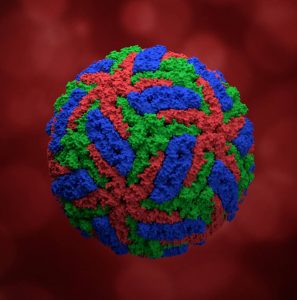Phage Therapy
Microorganisms are everywhere around us, on us, and inside us. For example, did you know that there are more bacterial cells in a human body than there are human cells? Be it your digestive system, disease causing microorganisms, those used in food production (e.g. for cheese, beer, and sauerkraut), or decomposers that break down dead matter into nutrients used to fertilise crops, it is difficult to think of an area of our lives that is not affected by microorganisms in some way, such is their importance.
An increasingly difficult area for humans as a species is the rise and spread of antibiotic resistant microorganisms. Bacteria can become resistant to antibiotics over time, which, when combined with a species that can make us ill, or even kill us, becomes a very serious problem. Without antibiotics we return to an era where a cut on your finger, child birth, and surgery become dangerous because of the risk of infection. In what has been labelled as a potential era of ‘the antibiotic apocalypse’, the race is on to find new classes of antibiotics, and to better understand how pathogenic microorganisms work, so we can find new ways to combat them.
In late 2018 the first new class of antibiotics in 50 years was discovered, which is great news, but of course we still seek to develop as many tools as possible to help us overcome the deadly effects of antibiotic resistance. There are many strands of investigation, and in the Czech Republic the research team of Pavel Plevka of CEITEC (the Central European Institute of Technology) at Masaryk University are using the resources of IT4Innovations National Supercomputing Center alongside their cryo-electron microscopy to aid their research.

Electron microscope Titan Krios enables imaging of biological macromolecules embedded in vitreous ice.
Since the birth of microbiology, and the original description of ‘animalcules’ by the Dutch scientist Antonie van Leeuwenhouk, microscopy (the use of microscopes) has been a key investigative technique. Images first were hand drawn, then photos were used, and now digital photographic images are standard. These are many and take up a lot of hard drive space, and processor power to analyse. Therefore the use of supercomputers to interpret ever more complex visual data sets has become vital for the progression of knowledge in this area.
Pavel Plevka and colleagues are using these cutting edge techniques and resources to determine the structures of several species of organism including; picornaviruses, responsible for such diseases as the common cold, foot and mouth disease, and encephalitis; viruses that are causing the decline in honeybees in the US and Europe; flaviviruses, in particular tick borne encephalitis virus (TBEV), which causes many deaths in the Czech Republic and worldwide; and Leishmania, which causes skin ulcers in humans.
Of particular interest to this research group are bacteriophages, which are viruses that infect and destroy bacterial cells. One promising development option is to use bacteriophages to attack and kill Staphylococcus aureus. S. aureus is a well-known, potentially pathogenic, and increasingly antibiotic resistant bacterial species which plagues hospitals worldwide, causing potentially fatal infections in vulnerable populations. Without technological advances in microscopy and supercomputing, such clever solutions to these problems would never be possible.

Enterovirus genome release. Exposure to acidic pH in endosomes induces conformational transition of virions to activated particles. The structural changes within the capsid and virus RNA enable the expulsion of pentamers from the capsid, resulting in the formation of open particles. The RNA genomes are released from the open particles. Scale bar represents 10 nm.
More at: http://plevkalab.ceitec.cz



